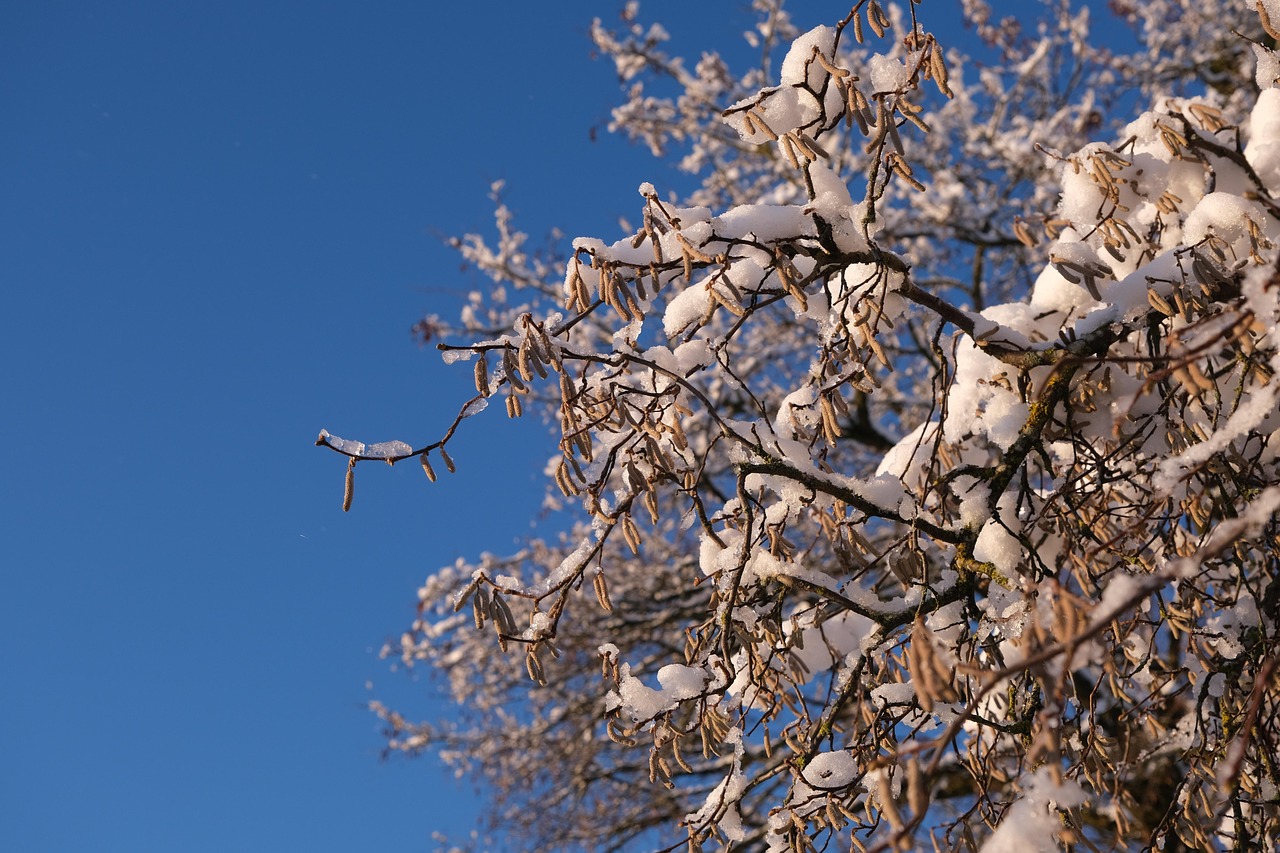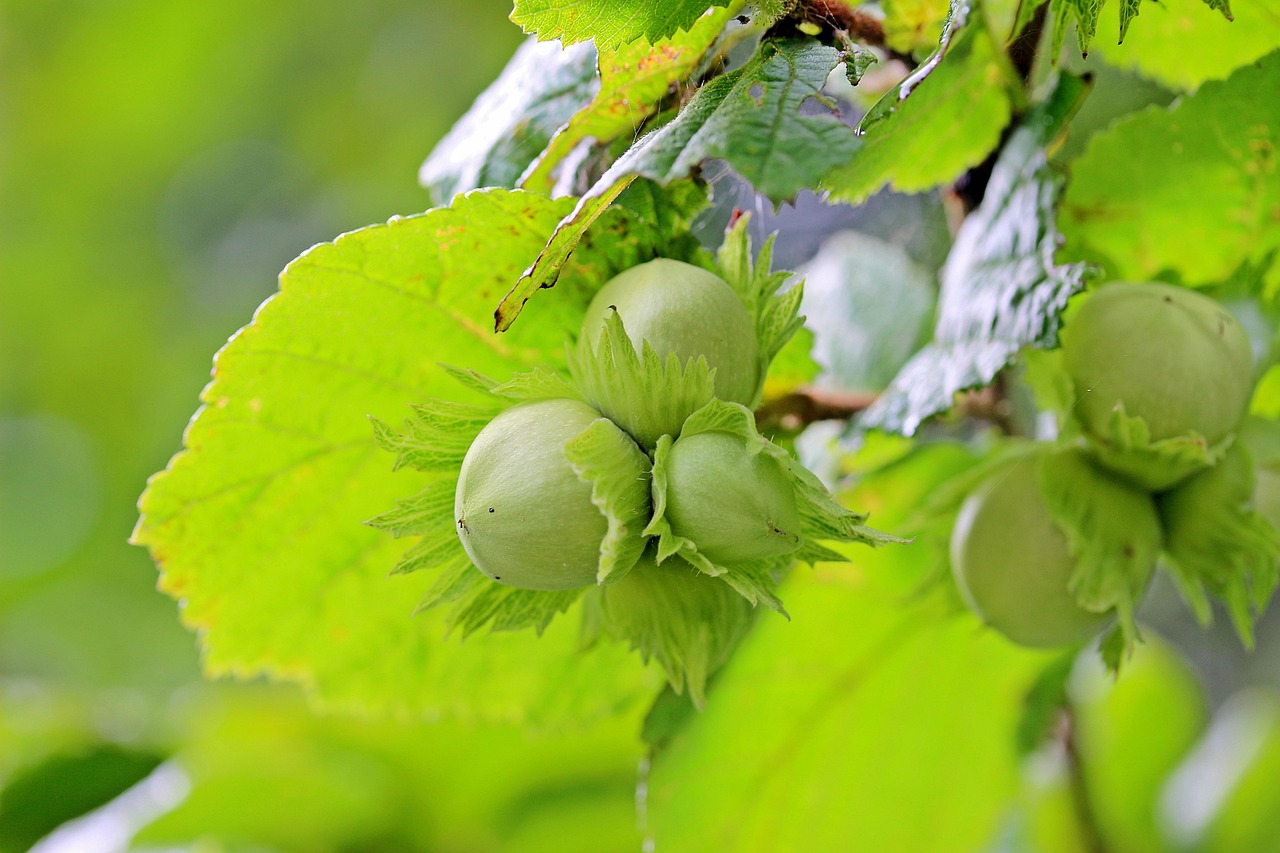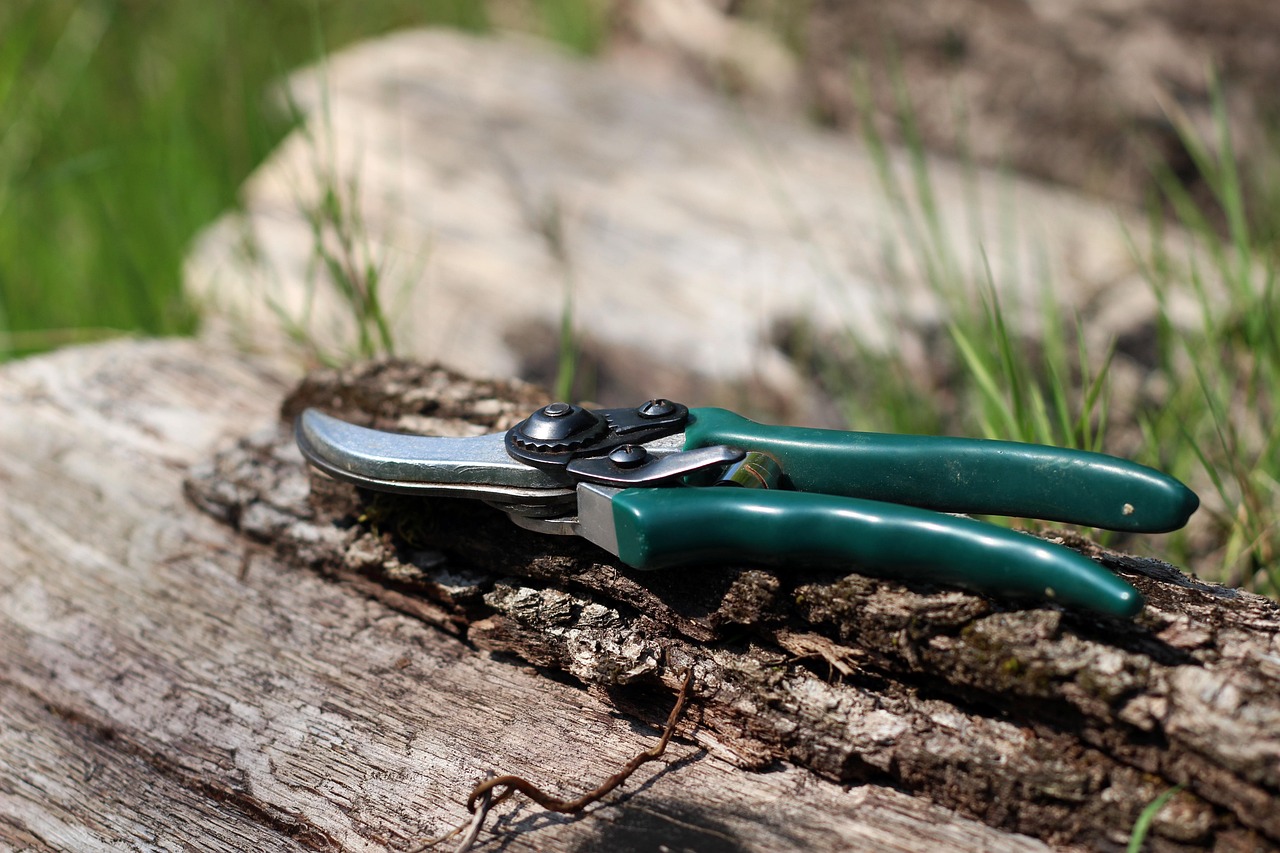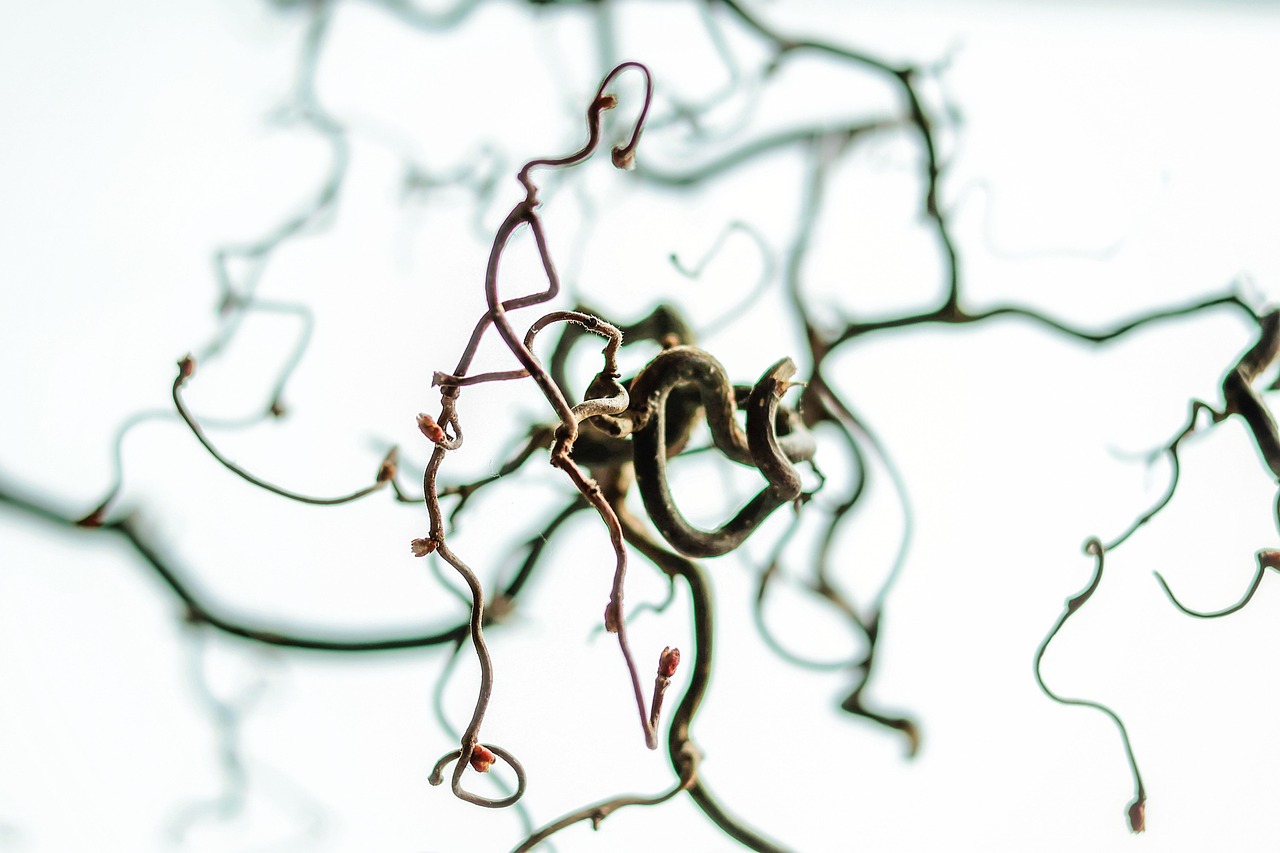Pruning hazelnut trees is essential for enhancing nut production. Proper pruning improves tree structure, promotes healthy growth, and increases sunlight exposure. This practice leads to a higher yield of quality nuts and helps maintain the overall health of the trees.
Hazelnut trees (Corylus avellana) are popular among home gardeners and commercial growers alike. They produce delicious, nutritious nuts that are enjoyed worldwide. For optimal production, understanding how to properly prune these trees is critical. Pruning not only encourages better nut yield but also helps in managing diseases and pests.

Before diving into the specifics of pruning techniques, it is vital to recognize the growth habits of hazelnut trees. These trees typically grow to a height of 10 to 20 feet and can spread out widely. Their bushy nature means that they require careful management to ensure that sunlight reaches all parts of the tree. This light exposure is crucial for photosynthesis and, consequently, nut development.
Understanding the Importance of Pruning
Pruning serves several purposes in hazelnut cultivation. Here are some key reasons why pruning is beneficial:
- Improves Air Circulation: Pruning removes excess branches, allowing better airflow through the canopy. This reduces the risk of fungal diseases.
- Enhances Sunlight Exposure: By removing crowded branches, sunlight can penetrate deeper into the tree. This aids in nut development and overall tree health.
- Encourages New Growth: Pruning stimulates new growth which can lead to improved fruiting in the following seasons.
- Maintains Tree Shape: Regular pruning helps maintain a desirable shape, making harvesting easier.
The timing of pruning is also crucial. The best time to prune hazelnut trees is in late winter or early spring before new growth begins. This timing minimizes sap loss and reduces stress on the tree. However, some light maintenance pruning can be done throughout the growing season to remove dead or diseased wood.

Pruning techniques vary depending on the age of the tree and production goals. Young hazelnut trees benefit from formative pruning to establish a strong framework. Mature trees require different approaches to maintain productivity.
Types of Pruning Techniques
There are several pruning techniques that can be employed based on the specific needs of the hazelnut tree:
- Thinning: This technique involves removing entire branches from the base to allow better light penetration and air circulation. Thinning is most effective when trees are young.
- Heading Back: This method shortens branches by cutting them back to a bud or lateral branch. It encourages bushier growth and can stimulate fruiting.
- Renewal Pruning: This involves removing older branches to rejuvenate the tree. It encourages new growth and can improve nut production in aging trees.
Each of these techniques can be tailored to meet specific goals for nut production and tree health. Understanding when and how to apply these techniques is essential for successful pruning.

Tools Needed for Pruning Hazelnut Trees
The right tools make a significant difference in how effectively you can prune your hazelnut trees. Here are some essential tools you should consider:
- Hand Pruners: Ideal for cutting small branches, hand pruners provide precision and ease for light pruning tasks.
- Loppers: For thicker branches, loppers offer greater leverage, making it easier to cut through wood.
- Saws: A pruning saw is essential for larger branches that cannot be handled with pruners or loppers.
- Gloves: Protecting your hands is important while handling sharp tools or thorny branches.
Proper maintenance of these tools ensures that they remain sharp and effective, allowing for clean cuts that promote healing and reduce stress on the tree.
In summary, understanding the importance of pruning hazelnut trees is fundamental for anyone looking to enhance nut production. With the right techniques and tools, growers can ensure that their trees thrive and produce abundant nuts each season.

Best Practices for Pruning Hazelnut Trees
Implementing best practices for pruning hazelnut trees ensures optimal results. By following specific guidelines, you can enhance the health and productivity of your trees. Here are some practices to consider:
- Assess Tree Health: Before pruning, evaluate the overall health of the tree. Look for signs of disease, pest damage, or poor growth.
- Establish a Plan: Plan your pruning strategy based on the tree’s age, structure, and your production goals.
- Prune in Stages: Avoid heavy pruning all at once. Instead, prune in stages over a few seasons to minimize stress on the tree.
- Observe Growth Patterns: Pay attention to how the tree grows. Prune to promote a balanced shape that allows for adequate light penetration.
By adhering to these best practices, you can effectively manage your hazelnut trees and maximize nut production.
Pruning Young Hazelnut Trees
Young hazelnut trees require formative pruning to establish a strong framework. This process typically occurs during the first few years after planting. The goal is to create a solid structure for future growth and nut production. Here are some tips for pruning young hazelnut trees:
- Select a Leader: Choose a strong central leader that will serve as the main trunk. This leader will guide the tree’s vertical growth.
- Remove Competing Leaders: If multiple leaders develop, remove the weaker ones to ensure that the selected leader receives adequate nutrients and light.
- Encourage Lateral Branches: Allow lateral branches to develop at a height of 30 inches or more from the ground. This promotes better access for harvesting.
- Avoid Over-Pruning: Remove no more than 25% of the tree’s total foliage in one season to prevent shock.
Formative pruning in young trees sets the stage for fruitful growth in the years to follow.
Pruning Mature Hazelnut Trees
Mature hazelnut trees require different techniques compared to young trees. The focus shifts towards maintaining health and productivity rather than establishing structure. Here are essential considerations for pruning mature hazelnut trees:
- Remove Dead Wood: Regularly inspect your trees for dead or diseased branches and remove them promptly to prevent disease spread.
- Thin Crowded Areas: Remove any overcrowded branches to improve light exposure and air circulation within the canopy.
- Shorten Long Branches: Trim excessively long branches back to a healthy bud or lateral branch to encourage bushier growth.
- Maintain Tree Height: Keep the tree manageable by reducing its height as necessary. This facilitates harvesting and care.
The goal of pruning mature trees is to sustain their health while maximizing nut production over time.
Pest and Disease Management Through Pruning
Pruning not only enhances growth but also plays a vital role in pest and disease management. Properly timed and executed pruning can help mitigate issues that threaten hazelnut trees. Here are key strategies:
- Identify Pests Early: Regularly inspect trees for signs of pest infestation. Early detection allows for swift action.
- Cull Infected Branches: Remove any branches that show signs of disease or pest damage. This helps prevent further spread within the tree and to neighboring trees.
- Maintain Clean Tools: Disinfect pruning tools between cuts, especially after removing diseased wood, to prevent cross-contamination.
- Monitor Tree Health: Post-pruning, keep an eye on tree health. Look for any unusual changes that may indicate underlying issues.
A proactive approach to pest and disease management through pruning will enhance the longevity and productivity of hazelnut trees.
The Role of Timing in Pruning
The timing of pruning is critical to its success. Proper timing minimizes stress on the tree and maximizes recovery potential. Here are guidelines on when to prune hazelnut trees:
- Late Winter/Early Spring: The ideal time for major pruning is late winter or early spring before new growth begins. This encourages healthy regrowth as temperatures rise.
- Post-Harvest Pruning: For some growers, light pruning after harvest can help maintain tree shape without disrupting growth cycles.
- Avoid Pruning During Dormancy: Avoid heavy pruning during dormancy as this can lead to excessive sap loss, which can weaken the tree.
This timing ensures that your hazelnut trees recover quickly and continue producing high-quality nuts.
The combination of these guidelines and techniques will set you on the right path toward effective hazelnut tree pruning and enhanced nut production. Understanding how different factors play into the health and productivity of your trees is key to successful cultivation.
Common Mistakes in Hazelnut Tree Pruning
Pruning hazelnut trees requires attention to detail. Even experienced growers can make mistakes that hinder tree health and nut production. Recognizing these common pitfalls can save time and resources. Below are some frequent mistakes made during pruning:
- Over-Pruning: Removing too much foliage can stress the tree. Aim to prune no more than 25% of the tree’s total foliage in one season.
- Ignoring Growth Patterns: Failing to observe how the tree grows can lead to improper cuts, affecting its shape and productivity.
- Pruning at the Wrong Time: Cutting branches during dormancy can lead to sap loss and weaken the tree. Focus on late winter or early spring for major pruning.
- Using Dull Tools: Pruning with dull tools results in jagged cuts that hinder healing. Always ensure that tools are sharp and well-maintained.
Avoiding these mistakes will help maintain a healthy growing environment for your hazelnut trees, supporting their long-term productivity.
Seasonal Care After Pruning
After pruning, ongoing care is essential to support your hazelnut trees as they recover and prepare for the next growing season. Below are some strategies for seasonal care:
- Watering: Ensure consistent moisture levels in the soil, especially during dry spells. Newly pruned trees may require extra water as they recover.
- Fertilization: Apply a balanced fertilizer in early spring to provide nutrients that support new growth. Avoid over-fertilization, which can lead to excessive leaf growth at the expense of nut production.
- Pest Monitoring: Keep an eye out for pests that might target newly pruned trees. Regular inspections can help catch any infestations early.
- Disease Management: After pruning, watch for signs of disease. Remove any diseased wood promptly to prevent spread.
Implementing these care practices will enhance recovery and promote vigorous growth in your hazelnut trees following pruning.
The Role of Soil Health in Nut Production
Soil health plays a crucial role in the overall success of hazelnut cultivation. Healthy soil provides essential nutrients and supports root development, directly impacting nut production. Here are some factors to consider regarding soil health:
Nutrient Balance
The nutrient composition of the soil affects tree growth and nut yield. Key nutrients include:
- Nitrogen: Essential for leaf growth and overall vigor.
- Phosphorus: Supports root development and flowering.
- Potassium: Aids in water regulation and enhances fruit quality.
Conducting a soil test can help determine nutrient levels and inform fertilization decisions for optimal growth.
Soil pH
The pH level of the soil also affects nutrient availability. Hazelnut trees prefer slightly acidic soil with a pH between 6.0 and 7.0. If the pH is too high or too low, it may hinder nutrient absorption. Adjusting soil pH can involve:
- Lime Application: If soil is too acidic, applying lime can help raise pH levels.
- Sulfur Addition: For alkaline soils, adding sulfur can lower pH levels.
Organic Matter
Incorporating organic matter into the soil improves structure, moisture retention, and nutrient content. Consider adding compost or well-rotted manure to enrich the soil around your hazelnut trees.
Irrigation Practices for Optimal Growth
Irrigation is crucial for hazelnut trees, especially during dry periods or in regions with less rainfall. Proper watering practices promote healthy growth and nut production. Key considerations include:
- Consistent Watering: Aim to provide consistent moisture without overwatering. This balance supports root health and prevents diseases.
- Drip Irrigation: Consider using drip irrigation systems to deliver water directly to the root zone, minimizing evaporation and ensuring efficient use of water.
- Mulching: Apply mulch around the base of the trees to retain moisture, suppress weeds, and regulate soil temperature.
By implementing effective irrigation strategies, you can promote vigorous growth and maximize nut production from your hazelnut trees.
Harvesting Techniques for Quality Nuts
The final step in the hazelnut production cycle is harvesting. Proper harvesting techniques ensure that you collect high-quality nuts while minimizing damage to the trees. Here are some best practices for harvesting hazelnuts:
- Timing is Key: Harvest nuts when they are fully mature but before they fall from the tree. This timing ensures optimal flavor and quality.
- Use Proper Tools: Utilize hand clippers or shaking machines to gently remove nuts from branches without causing harm to the tree.
- Avoid Wet Conditions: Harvest nuts when they are dry to prevent mold and decay during storage.
Following these practices will help you achieve a successful harvest, ensuring that your efforts in pruning and caring for hazelnut trees result in high-quality nut production.
Enhancing Nut Quality Through Post-Harvest Practices
After harvesting hazelnuts, proper handling and storage practices are vital to maintain quality. The way nuts are processed post-harvest can significantly impact their flavor, texture, and marketability. Here are some post-harvest tips to consider:
- Cleaning: Remove any debris, leaves, or shells from the harvested nuts. This helps prevent mold growth and keeps nuts fresh during storage.
- Drying: Ensure that hazelnuts are adequately dried before storage. This reduces moisture content, minimizing the risk of spoilage. Ideally, nuts should be dried to a moisture content of around 8-10%.
- Storage Conditions: Store hazelnuts in a cool, dry place. Consider using airtight containers to protect against moisture and pests.
- Regular Inspections: Periodically check the stored nuts for signs of spoilage or pest damage. Early detection can save your harvest.
Implementing these post-harvest practices will ensure that your hazelnuts remain in excellent condition until they reach consumers or markets.
Market Trends and Consumer Preferences
Understanding market trends and consumer preferences can also influence how you manage your hazelnut orchard. As demand for hazelnuts rises, it is essential to stay informed about what consumers are looking for. Here are some insights:
- Organic Produce: There is a growing market for organic products. Consider adopting organic practices if feasible, as this can attract more consumers.
- Sustainability: Consumers increasingly prefer sustainably sourced nuts. Using environmentally friendly practices can enhance your marketability.
- Diverse Products: Explore opportunities for value-added products such as hazelnut oil, spreads, or flour, which can appeal to a broader market.
Staying attuned to these trends can help you position your hazelnuts effectively in the marketplace, ultimately boosting profitability.
Investing in Continuous Learning
The world of agriculture is constantly evolving. New research on nut production, pest management, and sustainable practices emerges regularly. Investing in continuous learning is crucial for success. Some ways to stay updated include:
- Workshops and Seminars: Participate in local agricultural workshops or seminars focused on hazelnut cultivation and management.
- Online Resources: Utilize online platforms that offer courses and webinars on advanced agricultural practices.
- Networking with Other Growers: Building relationships with other hazelnut growers can provide valuable insights and shared experiences.
By engaging in continuous education, you can enhance your skills and adapt your practices to meet the evolving demands of nut production.
Final Thoughts
Pruning hazelnut trees is a comprehensive process that significantly impacts nut production. From understanding the importance of pruning techniques to recognizing post-harvest practices, each step is integral to cultivating healthy trees and maximizing yields. By adhering to best practices in pruning, maintaining soil health, managing pests, and applying effective harvesting methods, growers can achieve remarkable results.
The journey does not end after pruning or harvesting; ongoing care and adaptation to market trends are essential for long-term success. Emphasizing quality at every stage—from tree care to final product—will not only enhance the quality of your hazelnuts but also contribute positively to your bottom line.
As you move forward in your hazelnut cultivation journey, remember that knowledge and practice go hand in hand. Embrace new techniques and insights as they arise, ensuring that your efforts yield the best possible results in both nut quality and production efficiency.
With dedication and informed management, your hazelnut trees can thrive, providing bountiful harvests for years to come.
